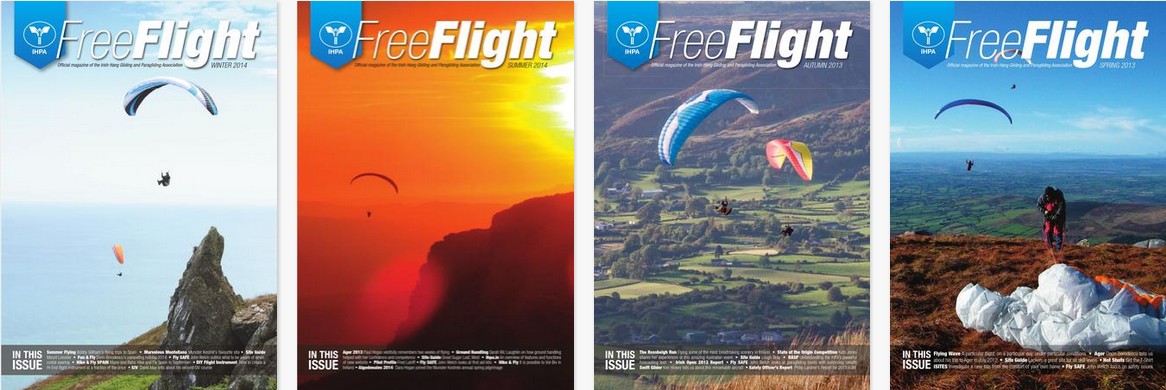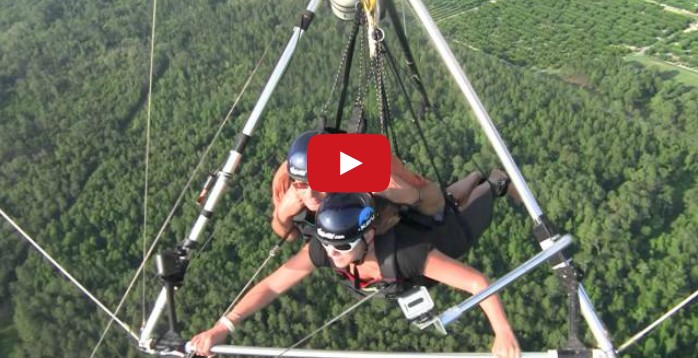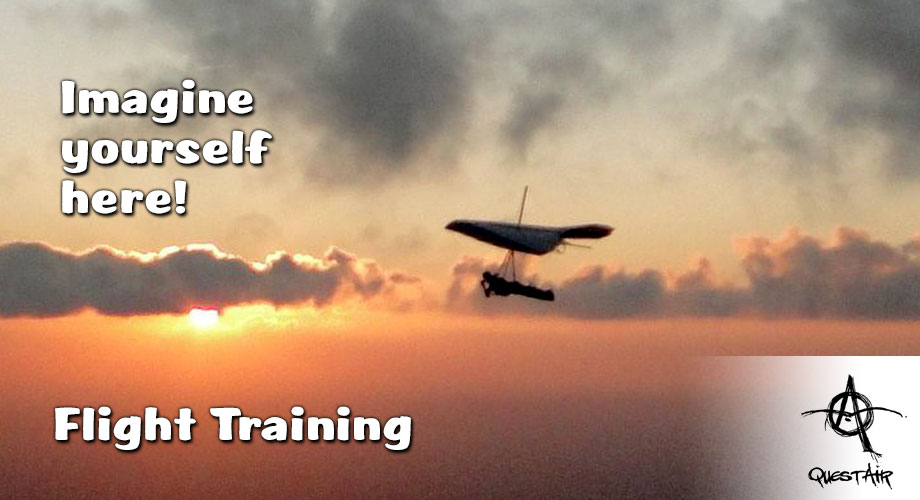Hang gliding and Paragliding are dangerous sports at the best of times, even for experienced pilots. Pilots with limited experience and a low air-time are most prone to being caught out by the wind and weather, and can suffer serious injury as a result. While the inevitable knocks, bumps and scrapes will happen in even the best run training school, it is the low air-time novice and intermediate pilots, just out of training or with a couple of year's flying experience under their belt that are most at risk. With limited experience comes over-confidence and a drive to 'get good' at the sport. This is the 'Icarus Syndrome' and it has landed many an over-confident pilot in hospital. The advice offered below is aimed at minimising the risks and helping the inexperienced pilot progress in as safe a manner as possible.
Student Pilots
Until a student has been awarded a pilot rating of Safe Pro 2 or Para Pro2 they must conduct ALL their training and flying activities under the DIRECT supervision of a licensed Instructor. Under no circumstances are Student Pilots permitted to train on their own or attempt to fly without the explicit permission of their instructor who must be present at all times.
Elementary Pilots
Having been awarded a pilot rating of Safe Pro 2 or Para Pro 2, Elementary Pilots MUST continue to work towards a Safe Pro 3 / Para Pro 3 pilot rating under the indirect supervision of a licensed Instructor or a nominated Coach. This means that the Novice Pilot must continue to train within the training school environment and receive a daily briefing on the site and weather conditions from their instructor along with instructions on what tasks or skills are to be practised that day. Novice Pilots may then practice and progress their skills at their own pace as long as their Instructor or Coach is present on the hill.
Novice Pilots
Having attained a pilot rating of Safe Pro 3 or Para Pro 3, the Novice Pilot is considered competent enough to no longer require the close supervision of the training school environment. However, Novice Pilots MUST fly under the supervision of a nominated Coach or senior pilot until they have logged a minimum of 10 hours air-time after being awarded their Safe Pro 3 / Para Pro 3 pilot rating. Novice Pilots may only fly in the company of more experienced senior pilots and must obtain a full briefing on the site and weather conditions before being assisted into the air by their Coach or a senior pilot. Novice Pilots may not launch without the assistance of a Coach or senior pilot. Novice Pilots must adhere closely to the Operating Limitations set out in the Safe Pro 3 / Para Pro 3 Standards for Training and Safety.
Red Ribbon
Novice pilots MUST fly with a broad red ribbon (about 1m long) attached to the top of their Kingpost (HGs) or attached to their harness (PGs) until they have logged a minimum of 10 hours AFTER being awarded a pilot rating of Safe Pro 3 or Para Pro 3. The red ribbon is a simple means of identifying you to other pilots as a relatively inexperienced pilot requiring special consideration both on the ground and in the air. On the ground it indicates that you require a full briefing on the site and weather conditions and advice on whether or not it is safe for you to fly. In the air, pilots seeing a broad red ribbon trailing from another wing will understand that the pilot is relatively inexperienced and may not be comfortable flying or manoeuvring in close proximity to other pilots and will give you a wide berth. Intermediate pilots should not feel embarrased about flying with a red ribbon as it is there to protect their own safety and the safety of other pilots in the air, and they should continue to use it until they feel comfortable flying closely with other pilots.
Windsocks and Ribbons
Until a pilot has logged a considerable number of hours flying and has safely launched and landed without incident many times it is strongly advised that they place a large windsock in the centre of the intended landing field before heading up to the top of the hill. This gives the opportunity to study the area for obstacles and hazards, observe the strength and direction of the wind in the field and to plan a safe approach. This simple precaution can save considerable financial expense in the long run. It is also strongly advised that a similar windsock be used at the launch site to help read the current wind conditions prior to launch. Hang glider pilots should, as a matter of course, attach a short length of ribbon (about 8 - 10") to one of the nose-wires of their glider so that they can see the fluctuations in the wind strength and direction while they are wating to launch.
50-hour sites
Respect them! They are rated 50-hours for a reason. Having 50 hrs of flying time experience does not make you an experienced pilot (far from it!) or remove the dangers from these sites. 50 hrs is simply the MINIMUM experience you should have before you consider flying one of these sites. You must still get a full site briefing from a senior pilot with personal experience of flying each particular 50hr site before attempting to fly there. You must always fly with another pilot with experience of the site.
Operating Limitations
Low air-time pilots (those with less than 100 hours of logged air-time) are strongly advised to pay particular attention to, and adhere to the specific Operating Limitations for their level of experience as set out in the FAI/CIVL International Standards for Training and Safety.







